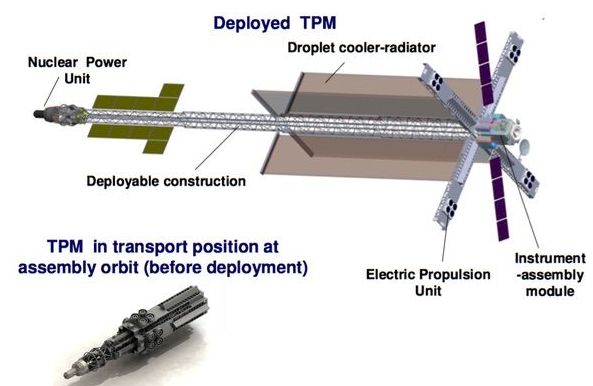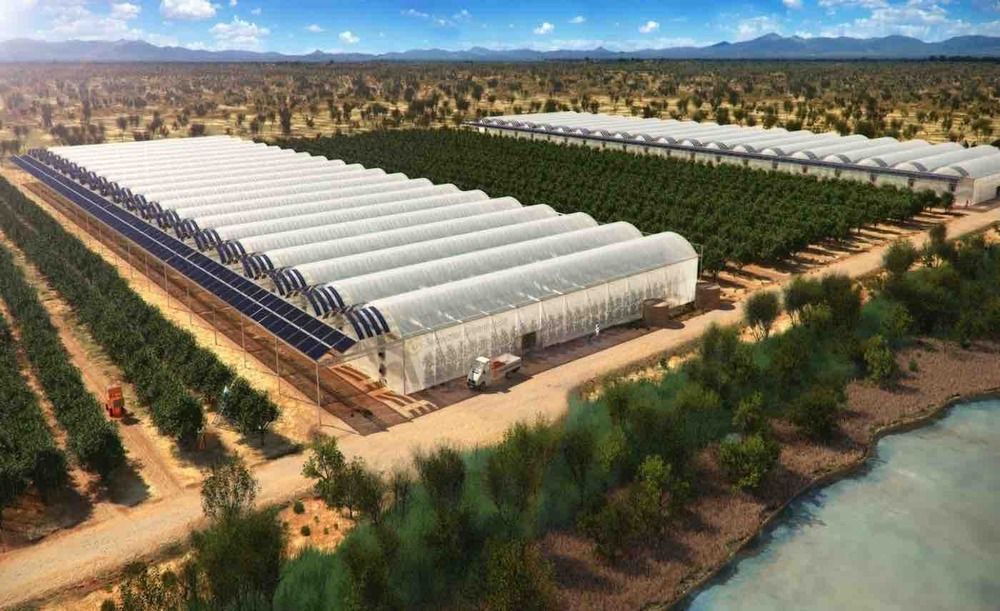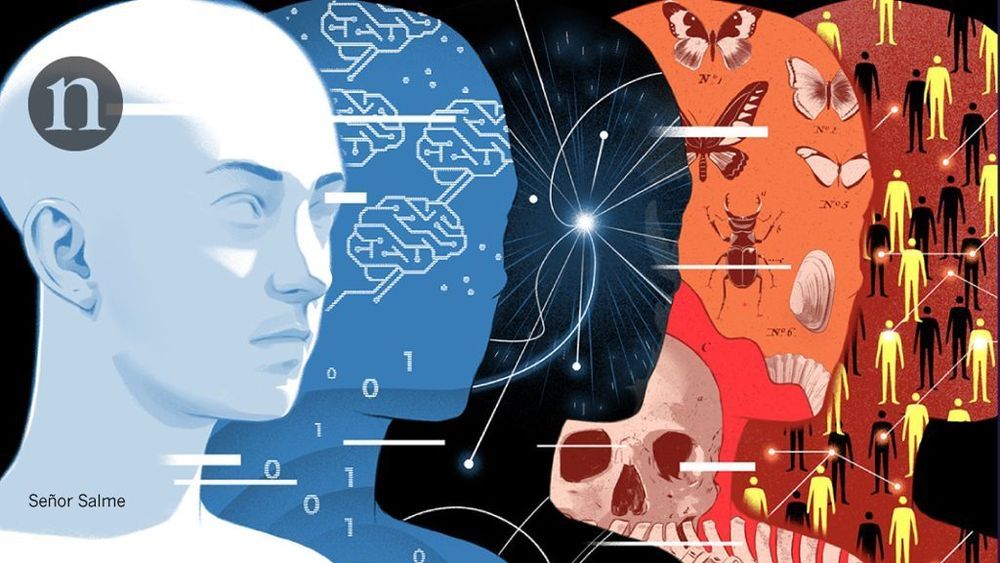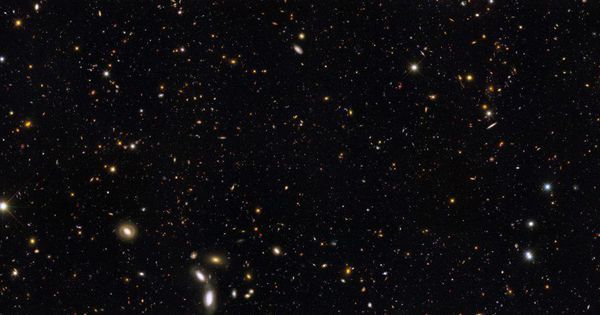Oct 9, 2019
GenSight Biologics Releases Further Trial Data
Posted by Steve Hill in categories: biotech/medical, life extension
GenSight Biologics has recently released data showing the effectiveness of GS010, the company’s gene therapy for Leber Hereditary Optic Neuropathy (LHON), a mitochondrial disease that can lead to blindness. Like in previous studies, this therapy had a bilateral effect.
Gene Therapy
In LHON, the mitochondrial protein ND4 is poorly expressed through mitochondrial DNA (mtDNA). GS010 is a gene therapy that causes this protein to be allotropically expressed in the nucleus, after which it is shuttled to the mitochondria through messenger RNA. This makes GS010 a partial treatment for mitochondrial dysfunction, which is one of the hallmarks of aging.


















